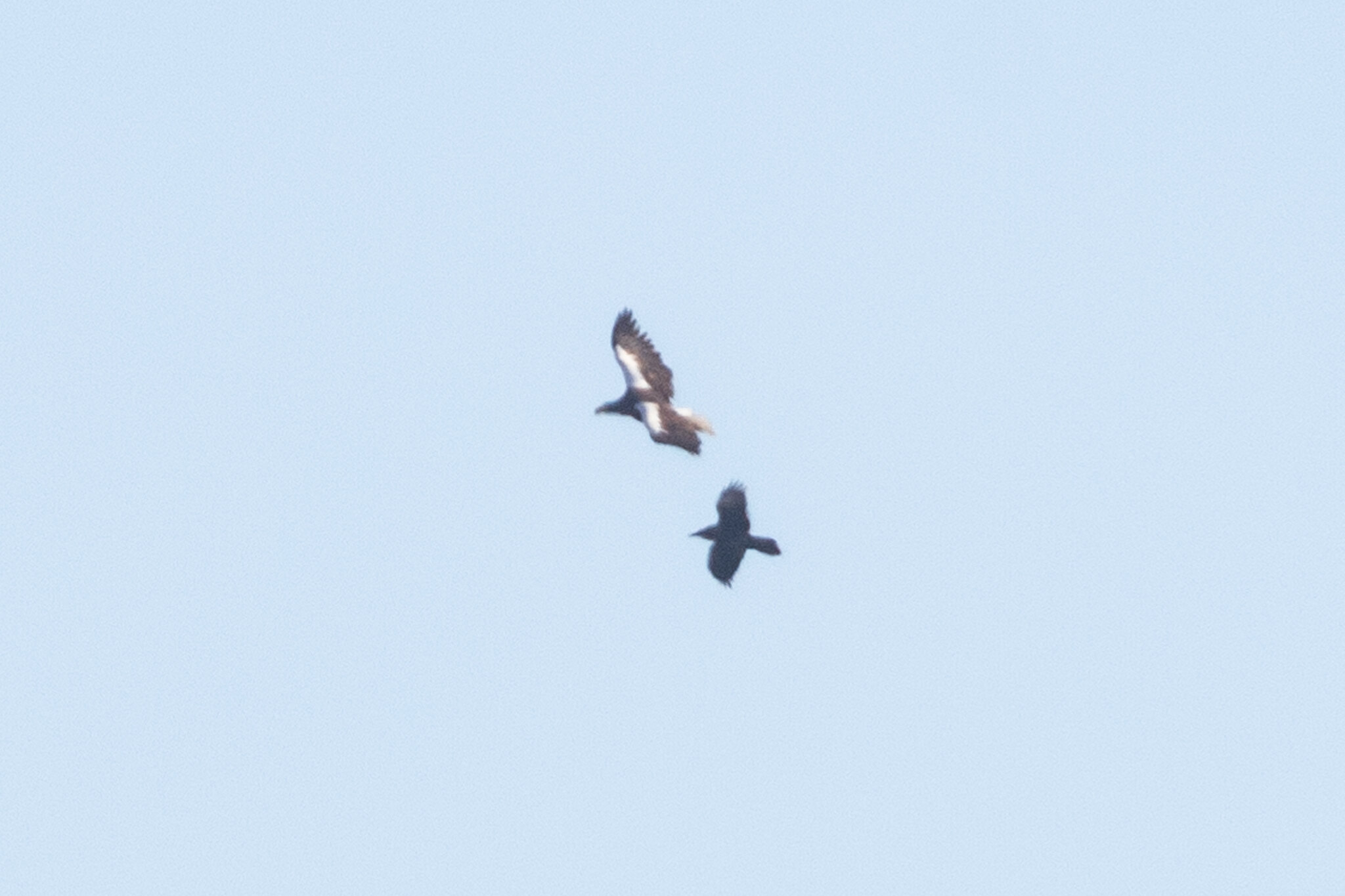One of the most astounding vagrant birds to reach North America in recent years has generated huge economic value, according to academics in Illinois.
August 2020 saw the arrival of an adult Steller's Sea Eagle in Alaska. The species is found in eastern Russia and Japan but has been known to reach Alaska as a rare visitor.
Seven months later, in March 2021, the same bird was found, incredibly, in Victoria, central Texas. Birders made their way to get a look at the vagrant bird of prey but it was often one step ahead, moving to Quebec, Canada, by June, before being seen in Nova Scotia and Massachusetts towards the end of 2021.
It eventually settled in Maine for long enough for crowds of birders to pay a visit. Brent Pease, assistant professor of forestry at Southern Illinois University said: "Thousands of people were going to see it."

Hundreds of thousands of dollars have been spent 'chasing' the Steller's Sea Eagle since it arrived (Ryan Mandelbaum via Flickr).
The economic value of a rare bird
Pease became curious about the potential economic value of such a 'star' rarity. Unlike game and fish, at least part of the value of which can easily be measured by the sale of hunting and fishing licences, the economic benefit of an exciting and accessible vagrant bird is hard to quanitify.
Alongside his colleagues, he created a survey for birders who had travelled to Maine or Massachusetts to see the eagle, distributing it via online forums and social media. It included 50 questions covering how birders travelled there and how much they spent during the trip, as well as whether they were successful in connecting with the eagle.
Based on the survey results and trawling through eBird data, the team estimated that at least 2,350 people visited Massachusetts or Maine between December 2021 and January 2022.
It was then a matter of multiplying the number of visitors by the average amount of money respondents to the survey reported spending. This generated an estimate of around $750,000 likely contributed to local economies in late 2021.
Pease believes this is a conservative estimate and suggested the true amount could be closer to $1 million.
He said: "Maine in January is probably not a very enjoyable place to be. This is a bird that has non-game value – it's just people that love to go birdwatching."
Survey participants were also asked how much they would have been willing to pay – up to $200 – to view the eagle, had there been a fee. Some 16% said they would have paid the 'maximum' suggested amount of $200, and only 8% answered that they wouldn't have paid anything at all.
Pease said: "If folks are willing to donate to protect his bird, can we take these dollars and put them into land protection or something?"
He added that similar studies are needed more often, saying putting a 'dollar-sign value' on non-consumptive wildlife activities could make politicians realise the need to push through conservation measures, to help wildlife and local communities.
The Steller's Sea Eagle continues to reside in North America, moving between Maine, Massachusetts, Nova Scotia, Newfoundland, Quebec and New Brunswick. It was most recently seen in the Codroy Valley, in south-west Newfoundland, in early 2024.


